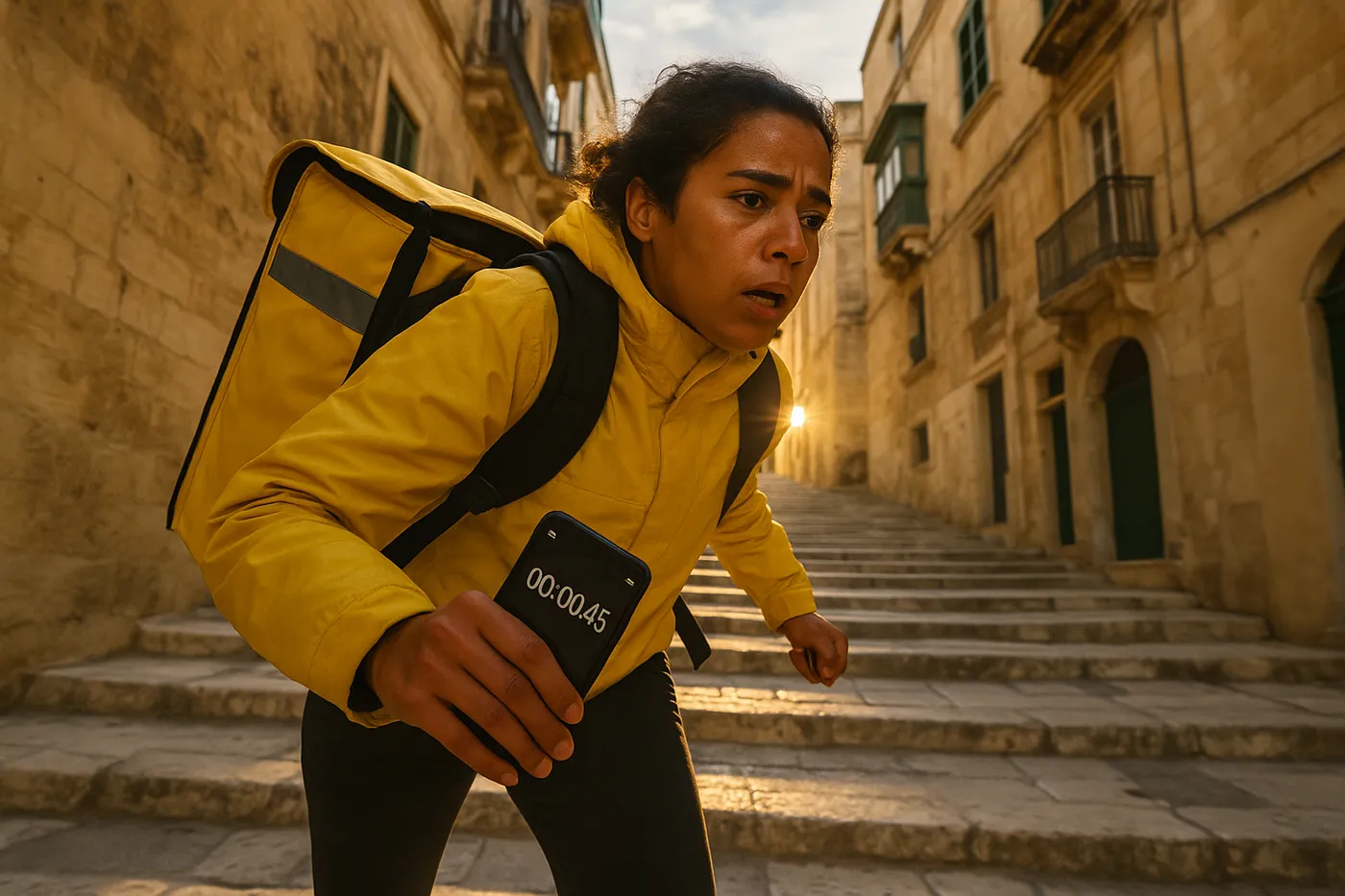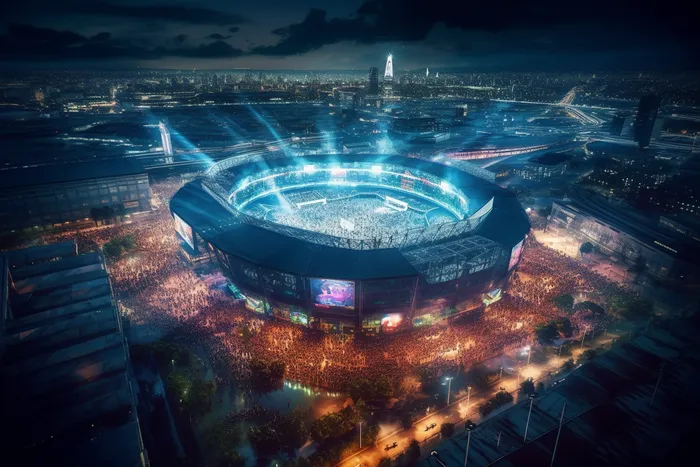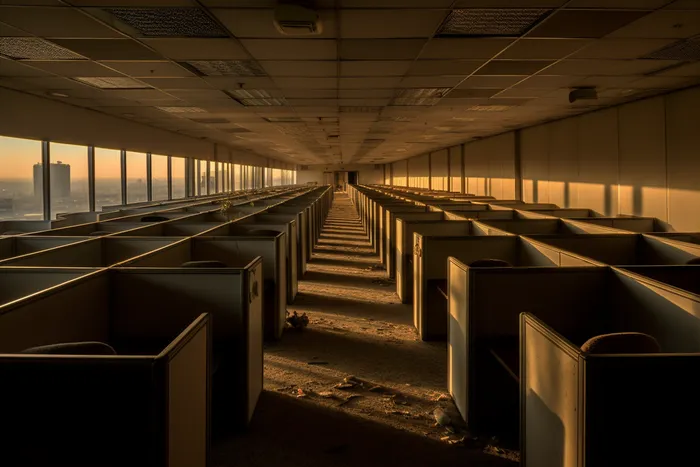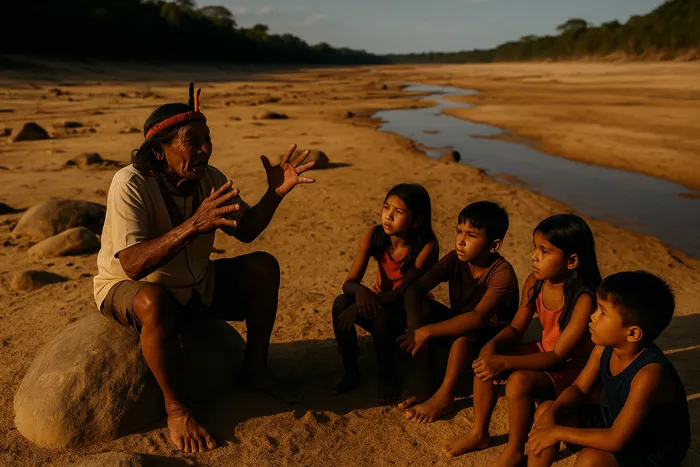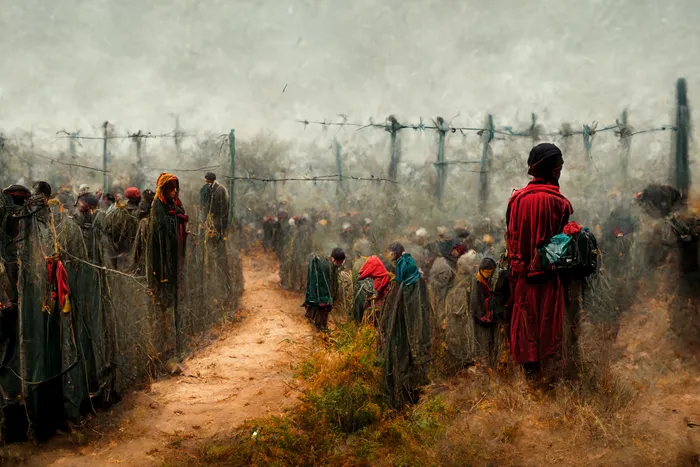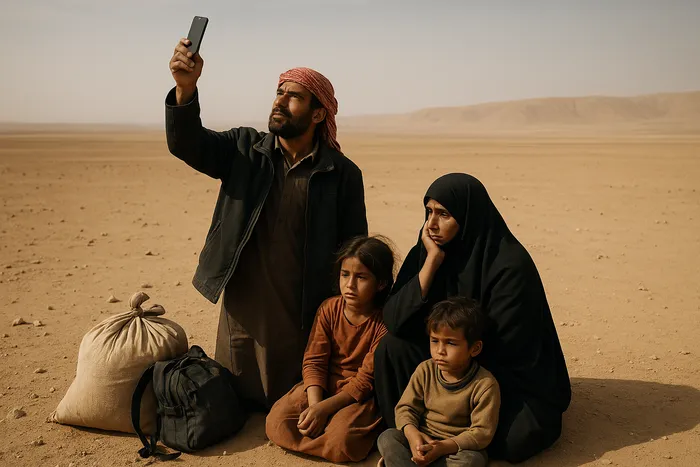Brussels/Borderlands
The marble halls echo with the click of polished shoes, while three hundred kilometers away, diesel engines roar to life in pre-dawn darkness. In early 2024, as European farmers mobilized the largest agricultural protests in decades, photographer Miguel Santos-Herrera embarked on a unique visual investigation into the geographic and cultural chasm between EU policy makers and the farming communities they regulate.
Having spent years navigating both worlds—first as an EU agricultural policy researcher, then as a documentary photographer—Santos-Herrera possessed the rare ability to access both the conference rooms where regulations are drafted and the fields where their consequences unfold. His series "Brussels/Borderlands" employs a rigorous formal approach, using identical compositional techniques to photograph both environments, creating a visual conversation between two Europes that rarely speak the same language.
The protests that swept across Europe in early 2024 were sparked by a convergence of pressures: environmental regulations demanding reduced emissions, competition from Ukrainian grain imports following the war, rising fuel costs, and bureaucratic requirements that many farmers viewed as divorced from agricultural reality. Tractors became symbols of resistance as convoys blocked highways from Poland to Portugal, their slow-moving protests bringing the usually invisible rural workforce into urban consciousness.
Santos-Herrera's photographic approach strips away the noise of political rhetoric to reveal the fundamental disconnect through pure visual form. His stark black and white images transform both environments into geometric studies, where the ordered lines of EU architecture find their echo in the furrows of plowed fields, yet the human elements within each space tell vastly different stories. The series culminates in the moment when these two worlds collide—when tractors arrive at the gates of European power, bringing the mud of the fields to the marble steps of bureaucracy.
Photographer's Statement
"After years of translating agricultural reality into policy language, I realized that something essential was always lost in translation. The spreadsheets and impact assessments could never capture the weight of soil in a farmer's hand or the anxiety of a family facing bankruptcy. When I picked up a camera, I sought to create a visual language that could bridge these worlds—or at least make their distance visible. Each image in this series uses the same focal length, the same compositional rules, the same exposure principles. Yet the worlds they reveal could not be more different. Perhaps by seeing this disconnect, we can begin to imagine connection."
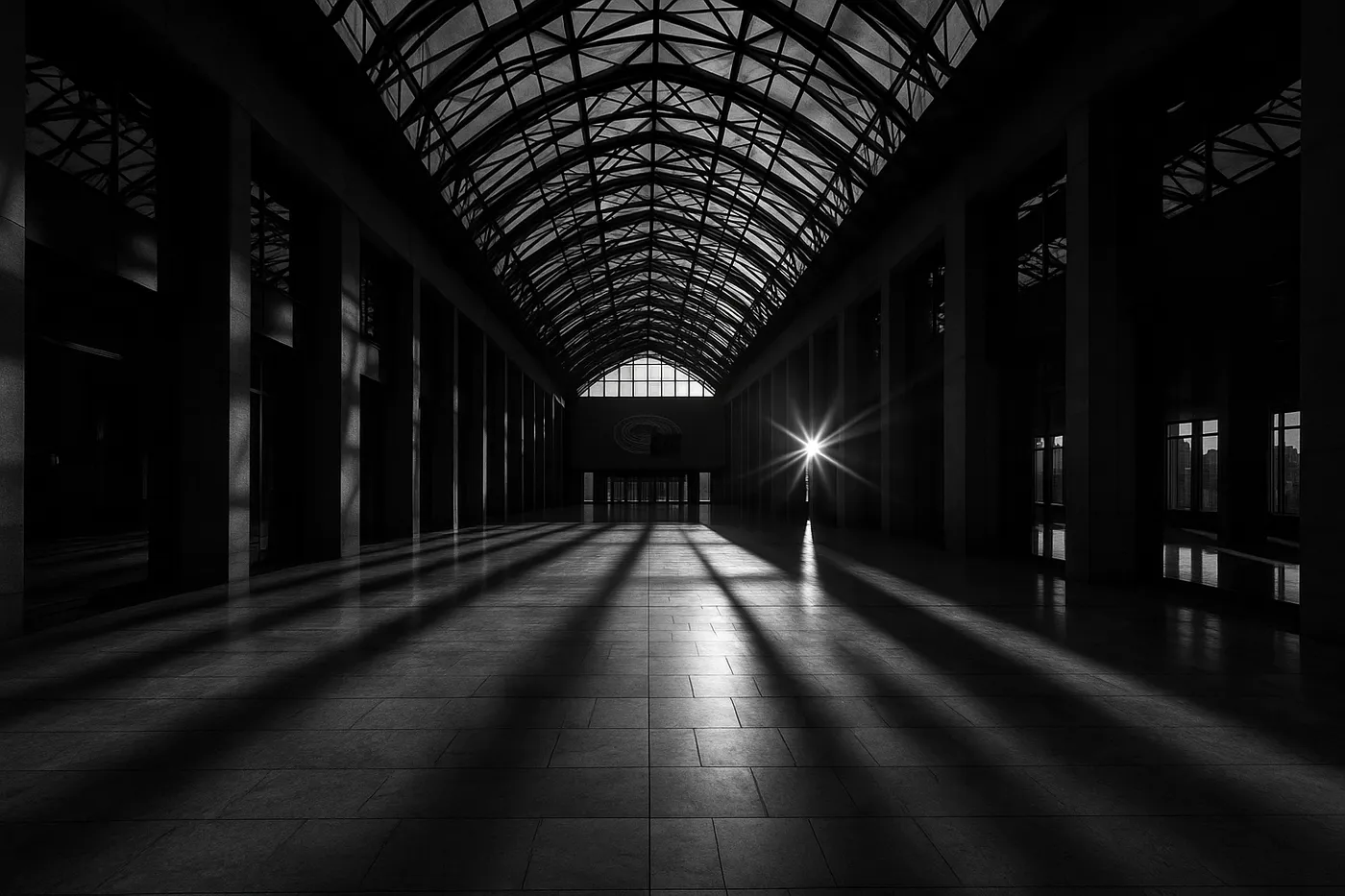
Image 1: The Marble Corridors
Brussels, Belgium. January 2024. The main corridor of the European Parliament building at 5:47 AM, before the arrival of staff. The geometric patterns of marble and glass create a cathedral of bureaucracy, where decisions affecting 450 million Europeans are made in climate-controlled comfort.
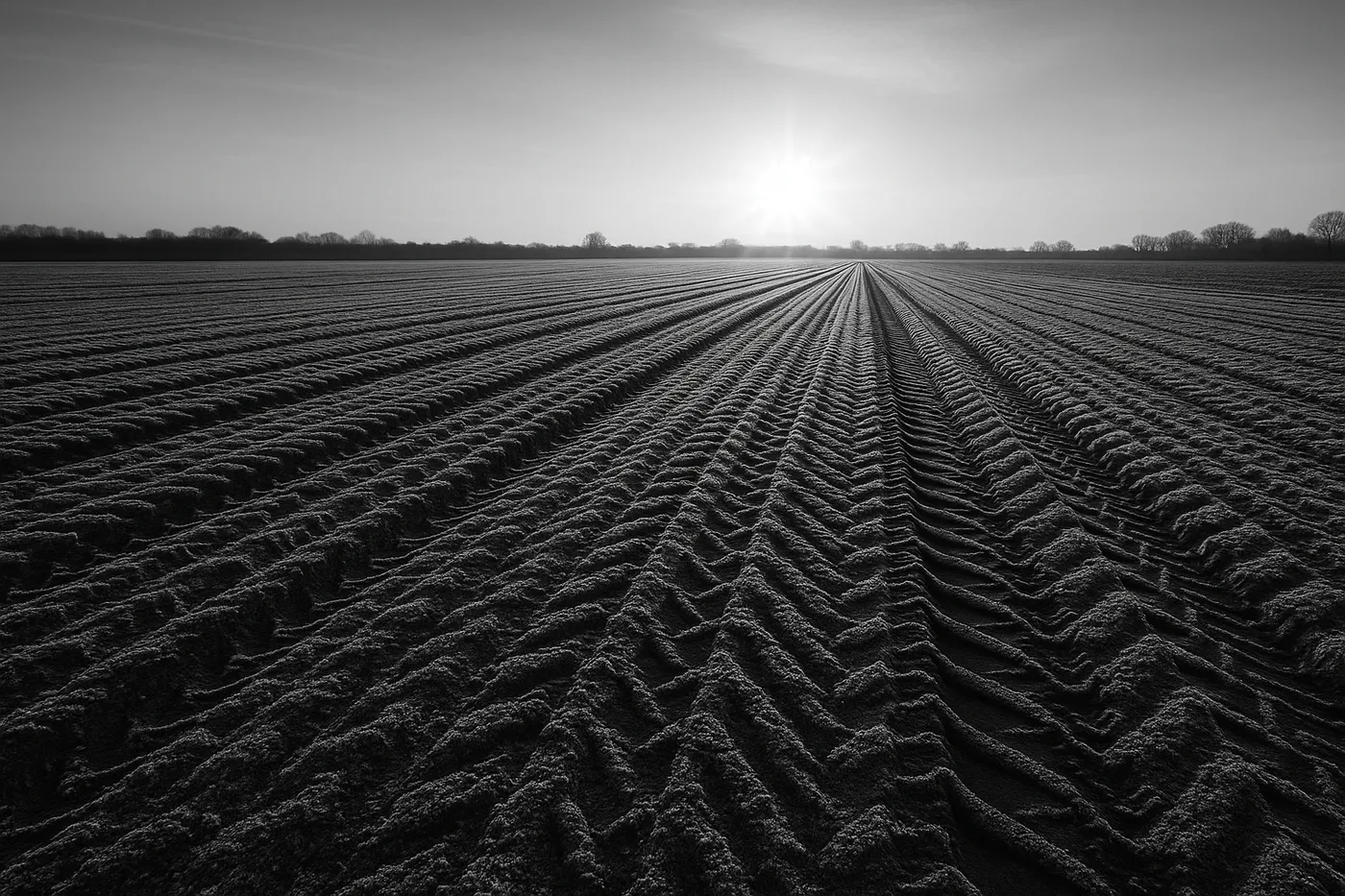
Image 2: The Muddy Field
Brandenburg, Germany. January 2024. A recently plowed field at dawn, 5:52 AM, with overnight frost creating geometric patterns across the furrows. The same wide-angle perspective used in the Parliament building reveals a different kind of order—one shaped by seasons, weather, and the weight of machinery rather than architectural planning.
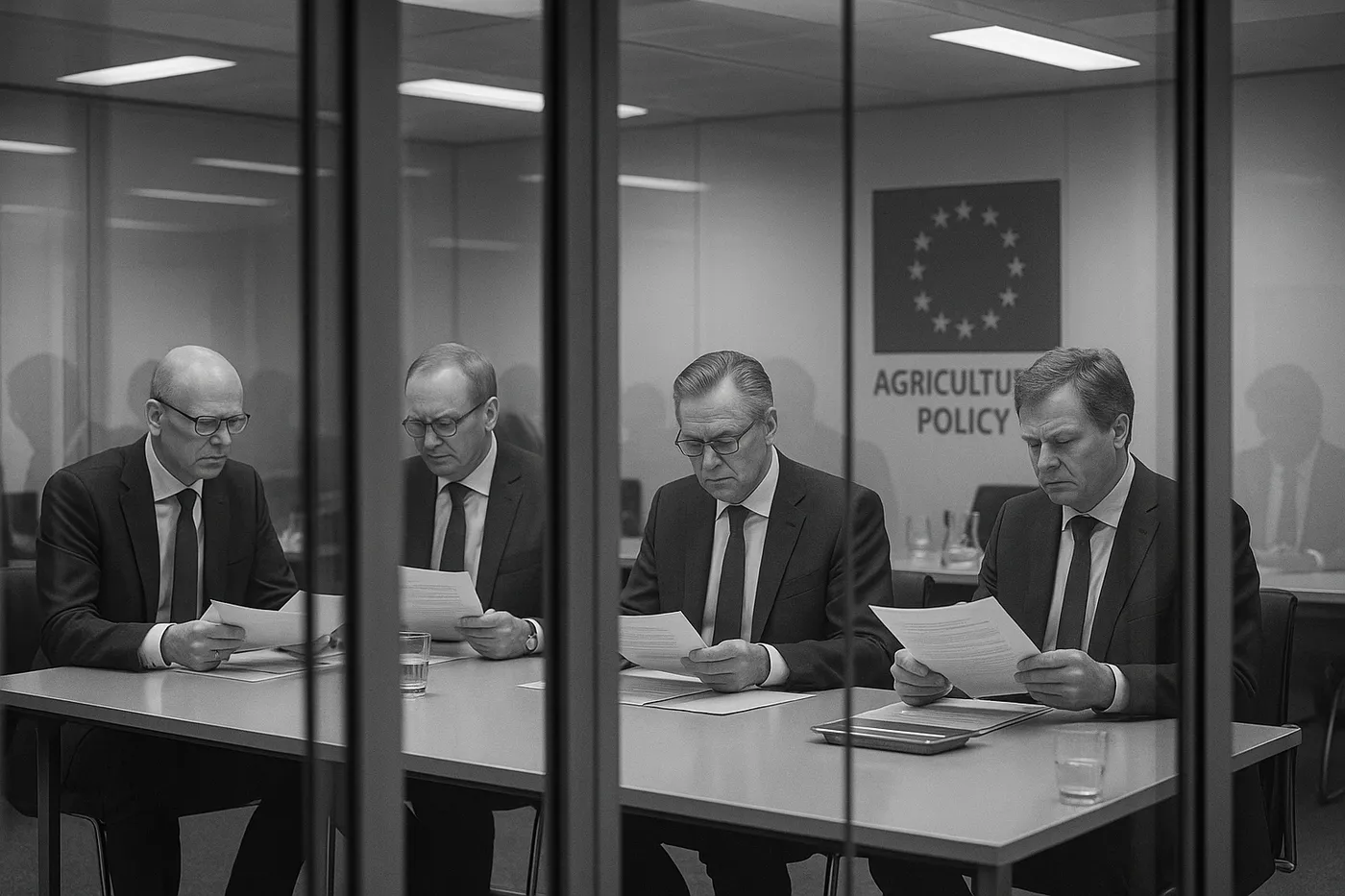
Image 3: The Policy Makers
Brussels, Belgium. February 2024. Agricultural policy committee meeting photographed through glass doors at the European Commission. Officials review documents on sustainable farming transitions, their blue suits forming a uniform backdrop to discussions that will determine the future of European agriculture.
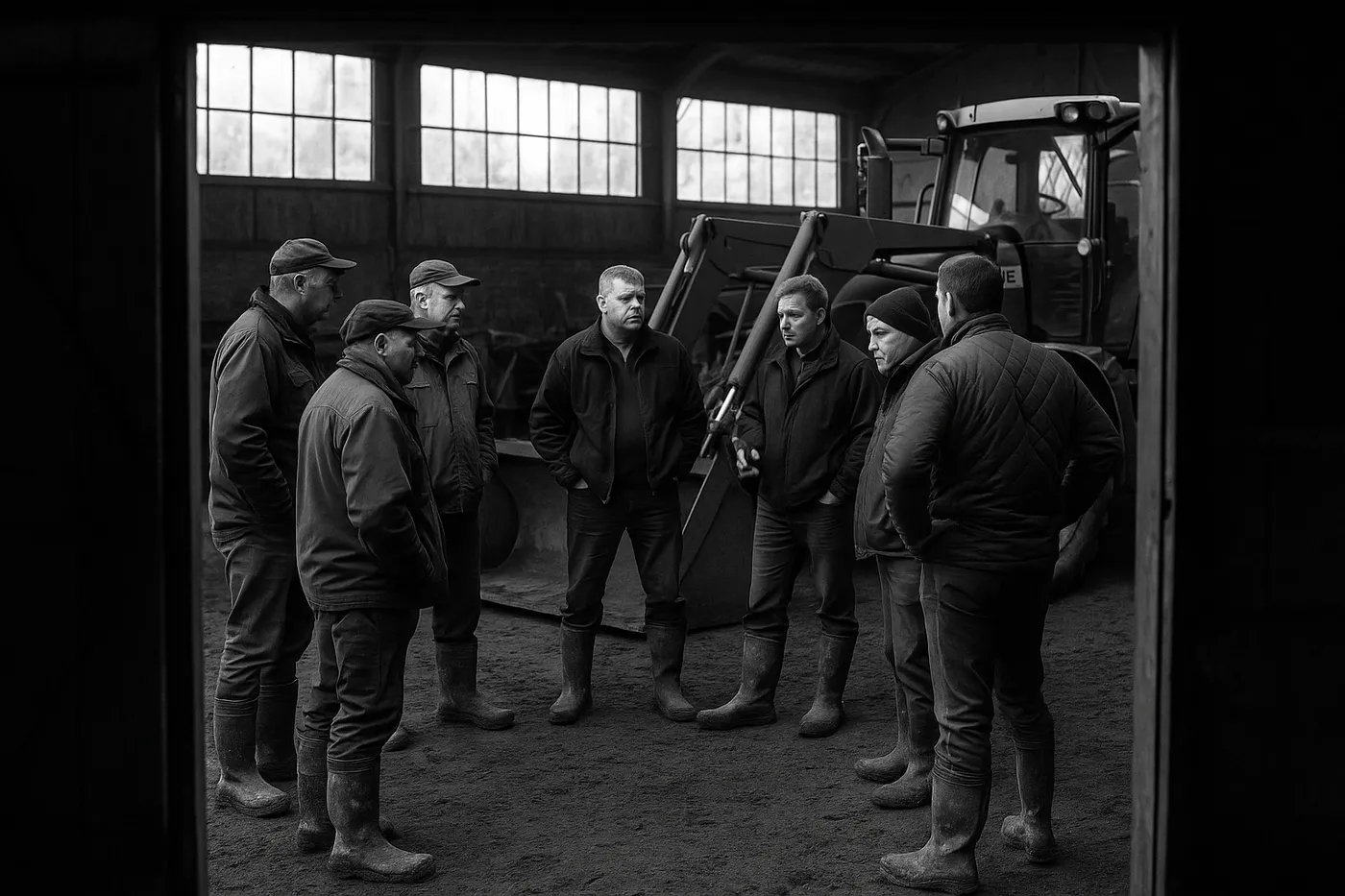
Image 4: The Regulated
Loire Valley, France. February 2024. Farmers gather in a machinery barn to discuss protest strategies, photographed through open barn doors. Their work-worn clothing and calloused hands speak to a different kind of expertise—one earned through generations of working the land rather than years of university education.
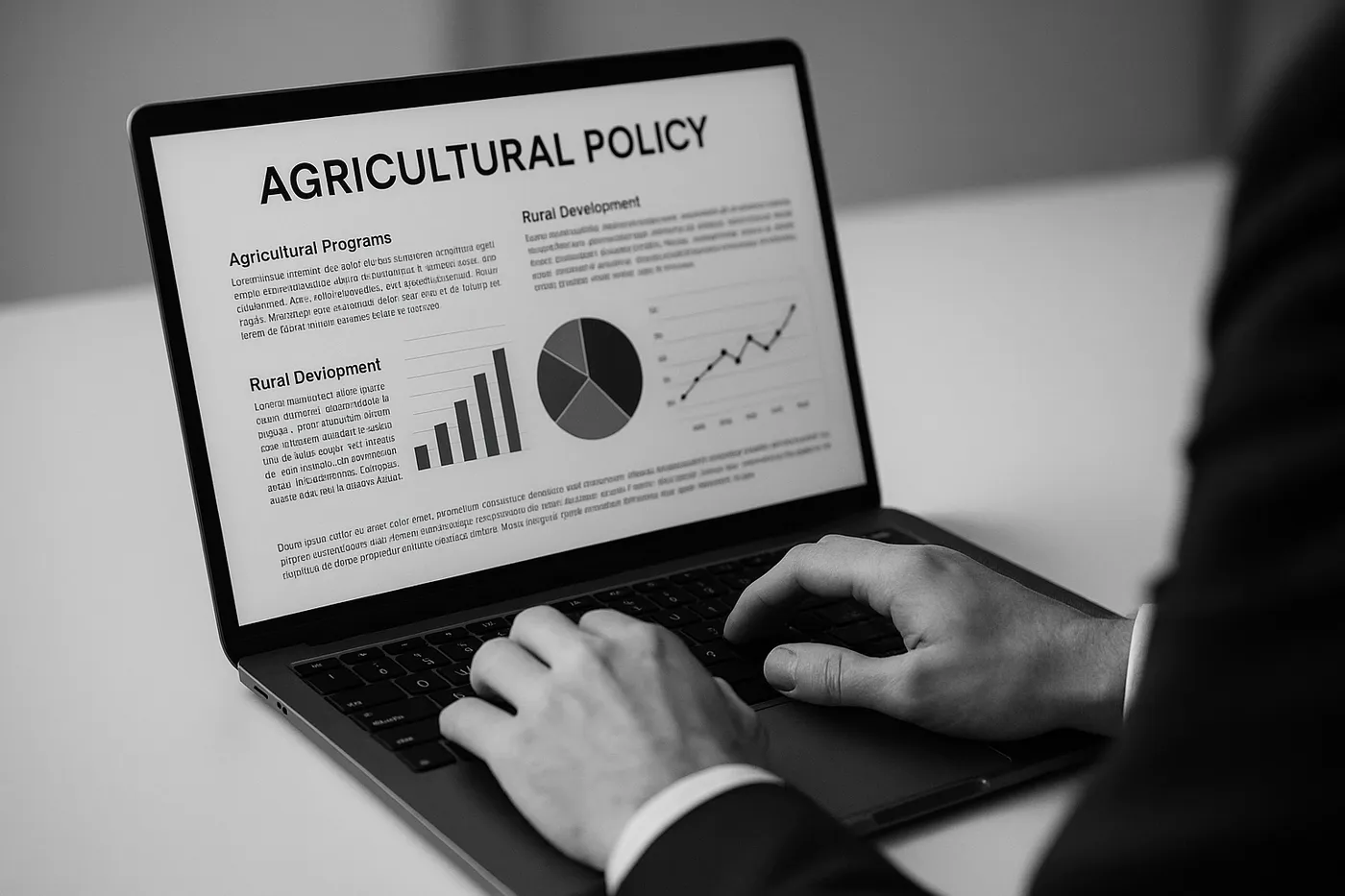
Image 5: Digital Disconnect
Brussels, Belgium. February 2024. Close-up of a policy analyst's hands typing revisions to the Common Agricultural Policy on a laptop. The screen displays charts and projections that reduce farming to data points, while the sterile office environment maintains a constant 22 degrees Celsius regardless of the season.
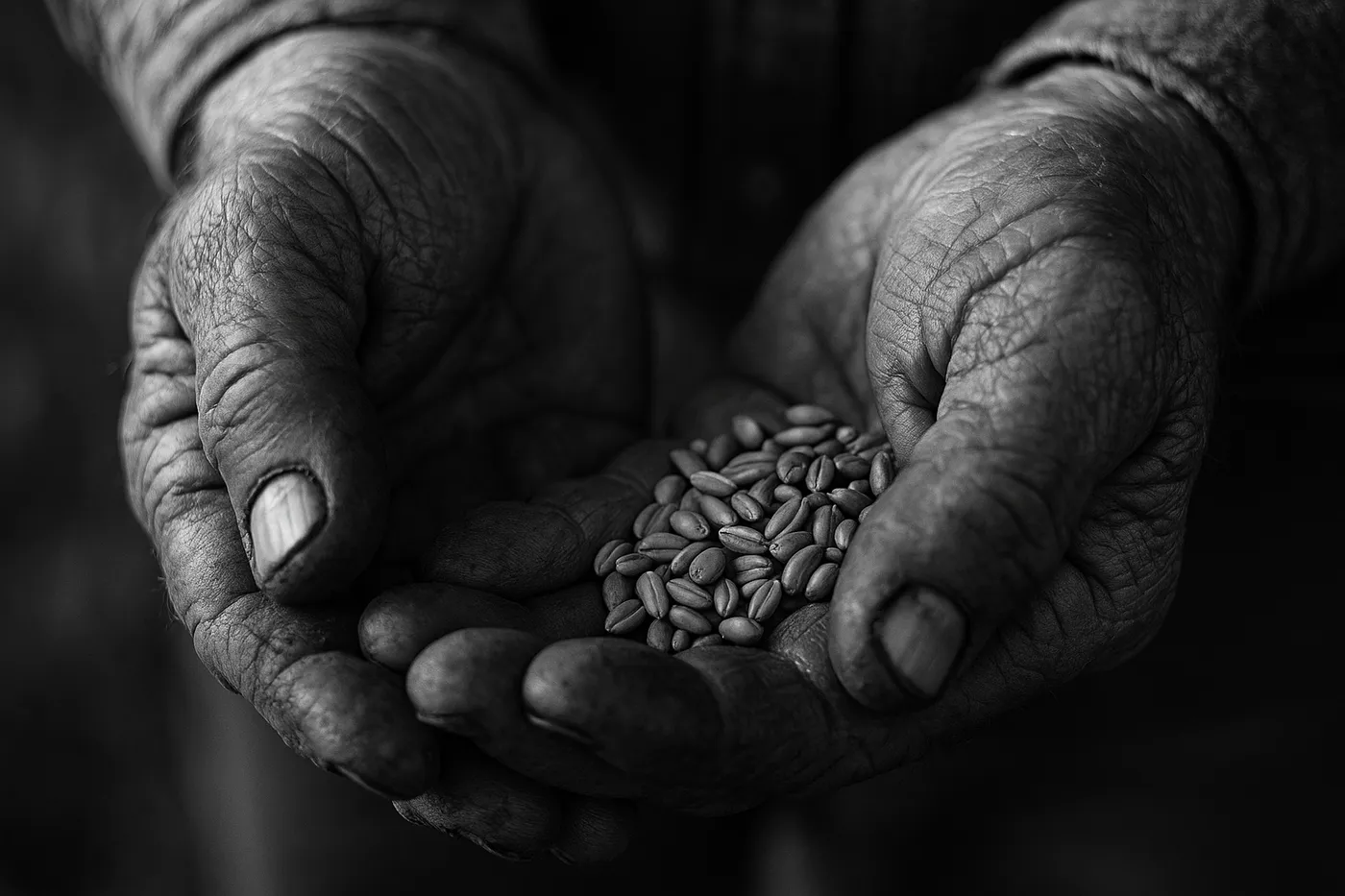
Image 6: Physical Reality
Extremadura, Spain. February 2024. A farmer's soil-stained hands cup wheat seeds saved from last year's harvest. Each seed carries the potential for growth or failure, subject to weather, pests, and market forces that no EU regulation can control. The intimate scale matches the previous image while revealing a completely different relationship to agricultural futures.
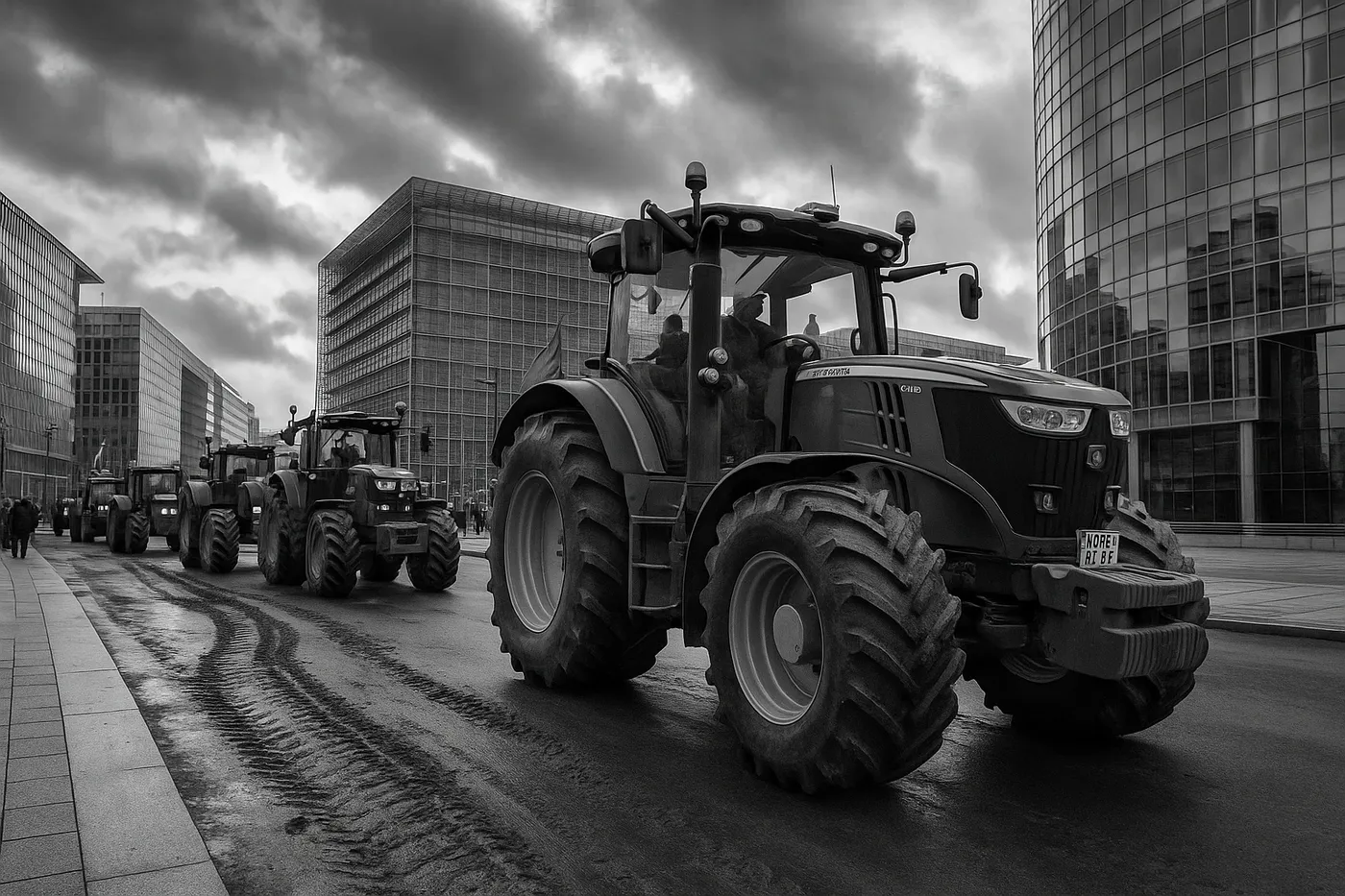
Image 7: The Collision
Brussels, Belgium. March 2024. Tractors converge on the European Quarter during the peak of protests, their muddy wheels leaving tracks on the pristine pavement. This image brings together all elements of the series—the architectural grandeur of EU buildings, the practical machinery of farming, and the moment when distance collapses into confrontation.
Image Prompts
Image 1: Empty corridor of European Parliament building at dawn, dramatic wide angle perspective showing marble floors and geometric glass ceiling creating cathedral-like atmosphere, strong directional morning light through windows creating dramatic shadows, shot on Leica M11 Monochrom with 28mm lens at f/8, high contrast black and white emphasizing architectural geometry, formal symmetrical composition, professional architectural photography, award-winning photojournalism, World Press Photo winning
Image 2: Frozen agricultural field at dawn with geometric patterns of plowed furrows covered in morning frost, wide angle perspective matching architectural framing, low winter sun creating long shadows across the textured soil, tractor tracks creating leading lines, shot on Leica M11 Monochrom with 28mm lens at f/8, high contrast black and white emphasizing natural geometry, professional documentary photography, World Press Photo winner
Image 3: EU officials in suits during agricultural policy meeting photographed through glass conference room doors, medium shot showing bureaucrats reviewing documents at modern conference table, reflections in glass creating layers, fluorescent office lighting, shot on Leica M11 Monochrom with 50mm lens at f/4, formal composition emphasizing distance and separation, professional photojournalism, World Press Photo style
Image 4: European farmers gathered in barn discussing protest plans, photographed through open barn doors, work clothes and muddy boots, agricultural machinery visible in background, natural light filtering through barn windows, shot on Leica M11 Monochrom with 50mm lens at f/4, documentary style emphasizing community and determination, award-winning photojournalism, World Press Photo winner
Image 5: Close-up of bureaucrat's clean hands typing on laptop showing agricultural policy documents and charts, shallow depth of field with screen in focus, sterile office environment, minimalist composition, shot on Leica M11 Monochrom with 50mm lens at f/2, high contrast black and white, professional documentary photography, World Press Photo style
Image 6: Extreme close-up of weathered farmer's hands holding wheat seeds, soil under fingernails, shallow depth of field emphasizing texture and detail, natural light, shot on Leica M11 Monochrom with 50mm lens at f/2, intimate documentary style showing connection to land, award-winning photojournalism, World Press Photo winner
Image 7: Wide shot of tractors arriving at EU Quarter Brussels during farmers protest, massive agricultural machinery contrasting with modern glass architecture, mud tracks on clean pavement, protesters visible on tractors, dramatic sky, shot on Leica M11 Monochrom with 28mm lens at f/11, dynamic composition showing collision of two worlds, professional photojournalism, World Press Photo winning
Photographer Portrait Prompt
Spanish man in his late 30s with short dark hair and slight stubble, wearing simple black t-shirt, intelligent dark eyes behind thin-framed glasses, standing against neutral gray background, natural window light from left side, thoughtful expression, professional portrait, shot on medium format camera with 85mm lens at f/4, shallow depth of field


